Introduction: Welcome to the Age of Smart Conversations
Five years ago, speaking to an AI felt like sending commands into a machine. Today, in 2025, it feels more like having a genuine conversation—with something that listens, understands, and responds like a human. That shift didn’t happen overnight. It’s the result of continuous innovation, especially through OpenAI’s ChatGPT.
ChatGPT has evolved from a clever assistant into a full-fledged digital conversational partner. Whether it’s helping students write assignments, guiding entrepreneurs through business plans, or simply answering questions with astonishing depth, ChatGPT has changed how we think about communication with technology.
But what exactly makes ChatGPT so different today? Why do so many professionals, educators, businesses, and even governments rely on it? And what does it say about where human-AI communication is heading?
1. From Tool to Companion: A Shift in Human-AI Relationship
There was a time when AI responses were rigid, robotic, and painfully scripted. If you asked a slightly off-topic question, the system would either misfire or give you a templated reply.
That’s no longer the case in 2025.
ChatGPT now understands nuance. It responds with empathy. It adapts its tone depending on who it’s talking to. It remembers your preferences (if you allow it) and can even carry on complex, multi-step conversations. In short, it’s no longer just a tool—it’s a companion.
Real Example:
A freelance writer, Mariam, uses ChatGPT to brainstorm creative content. One morning, she types:
> “I’m stuck. Can you help me come up with a few blog intros for a tech client?”
Not only does ChatGPT deliver several tone-specific introductions, but it also follows up with:
> “Do you want me to expand on any of these, or are you looking for something lighter or more formal?”
It’s that sense of partnership that sets ChatGPT apart from its predecessors.
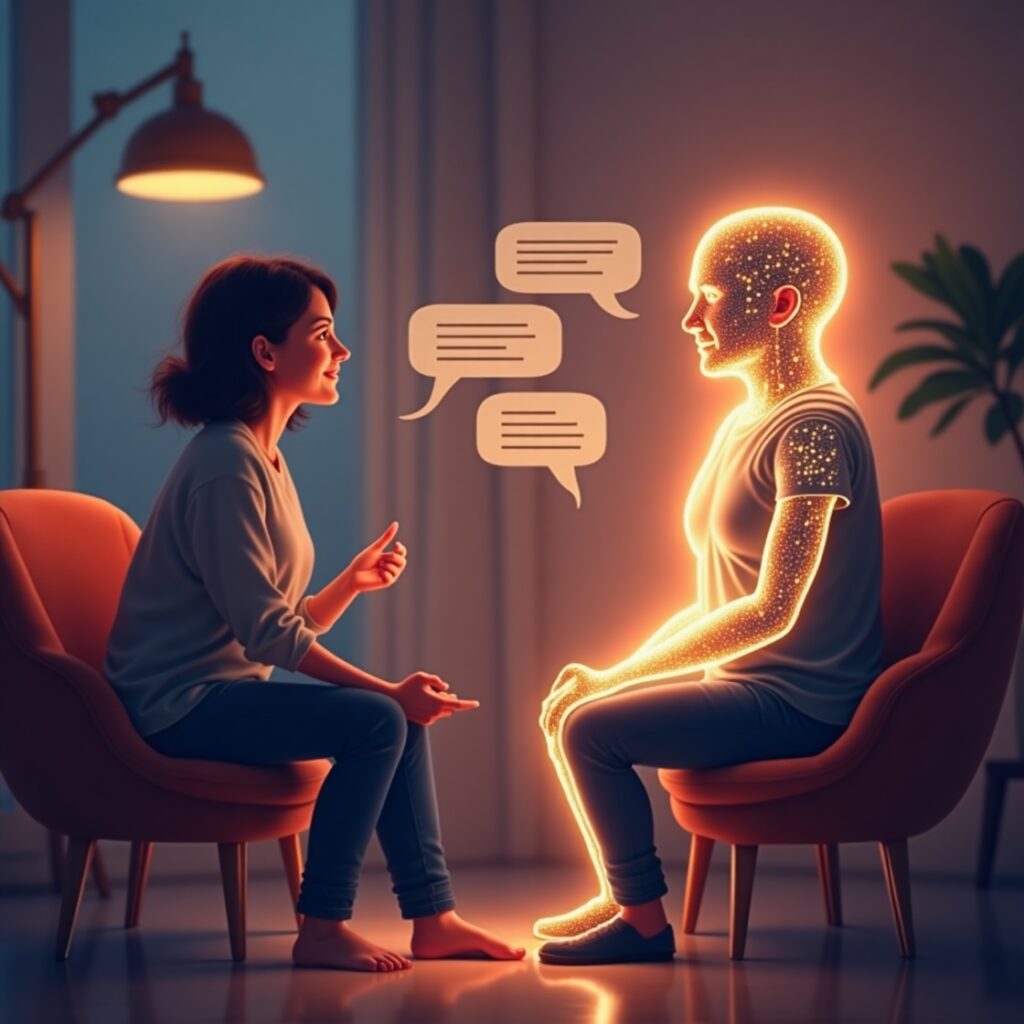
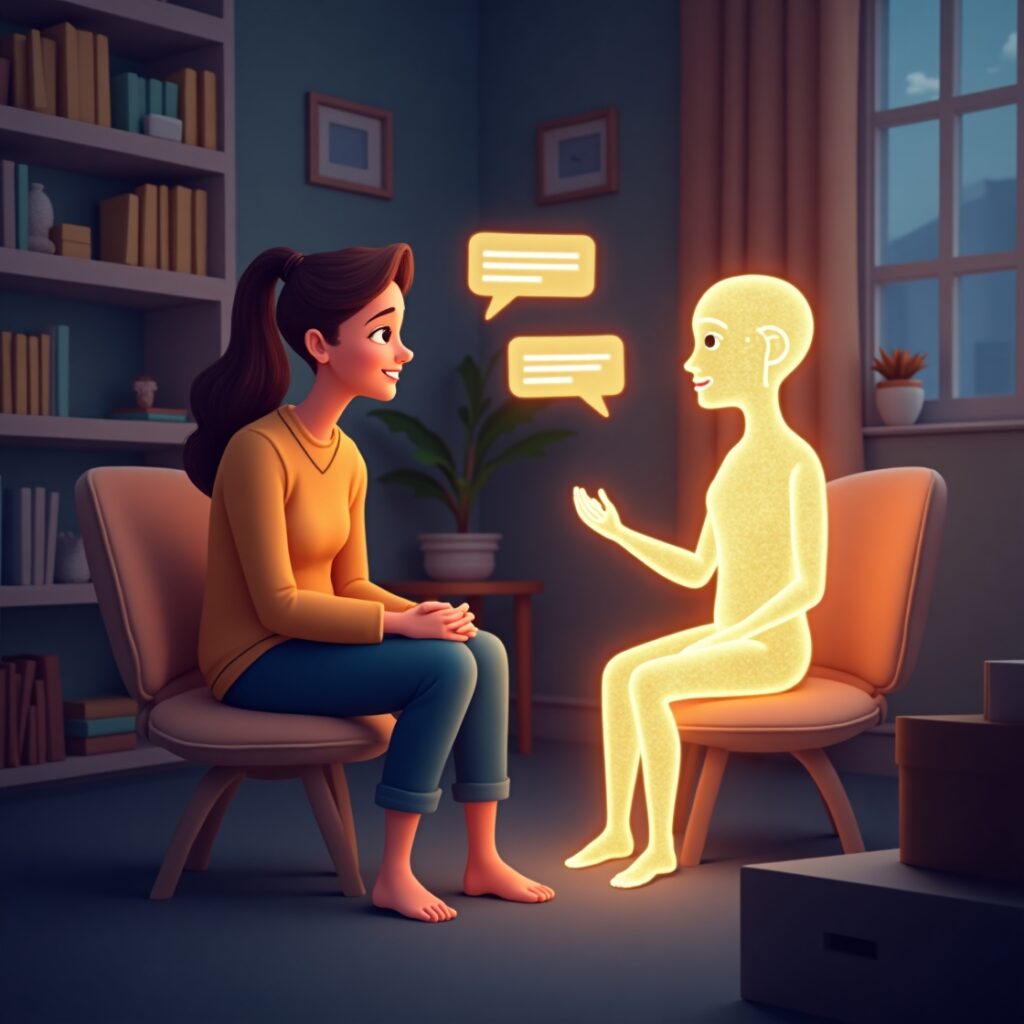
2. Human-Like Understanding Without the Flaws of Being Human
Let’s be honest—people get tired. They forget things. They get emotional. They misinterpret. But in 2025, ChatGPT manages to walk the fine line between human-like understanding and machine-level consistency.
You can explain something once, and it remembers. You can switch topics mid-conversation, and it adjusts. You can ask it to match your writing tone or speak more casually, and it adapts instantly.
Example Features That Make It Human-Like:
- Emotional Sensitivity: Recognizes stress, sarcasm, or confusion in your message.
- Contextual Awareness: Recalls earlier parts of a conversation to give more relevant responses.
- Conversational Rhythm: Uses natural pauses, humor, rhetorical questions—things that feel unscripted.
And yet, it doesn’t get tired. It doesn’t have bad days. That combination is why it has been adopted in over 90% of Fortune 500 companies’ digital communication channels this year alone.
3. Personalized Conversations That Feel Tailored Just for You
One of the most appreciated upgrades in ChatGPT by 2025 is conversational memory—not in the creepy, surveillance kind of way, but in a personalized, user-controlled experience.
You can teach it how you like things written. You can let it know what your business is about. You can share your goals, tone preferences, or even little quirks. And it remembers.
This level of personalization helps professionals save time and avoid repetition. It’s like having an assistant who doesn’t need constant rebriefing.
Scenario:
Ahmed, a small business owner, is writing product descriptions for his online store. He tells ChatGPT once:
> “Use a friendly but professional tone, avoid buzzwords, and keep the descriptions under 100 words.”
Now, every product description that ChatGPT writes already follows those instructions—without being told again.
This kind of continuity in interaction is part of what makes the AI-human connection feel so authentic now.
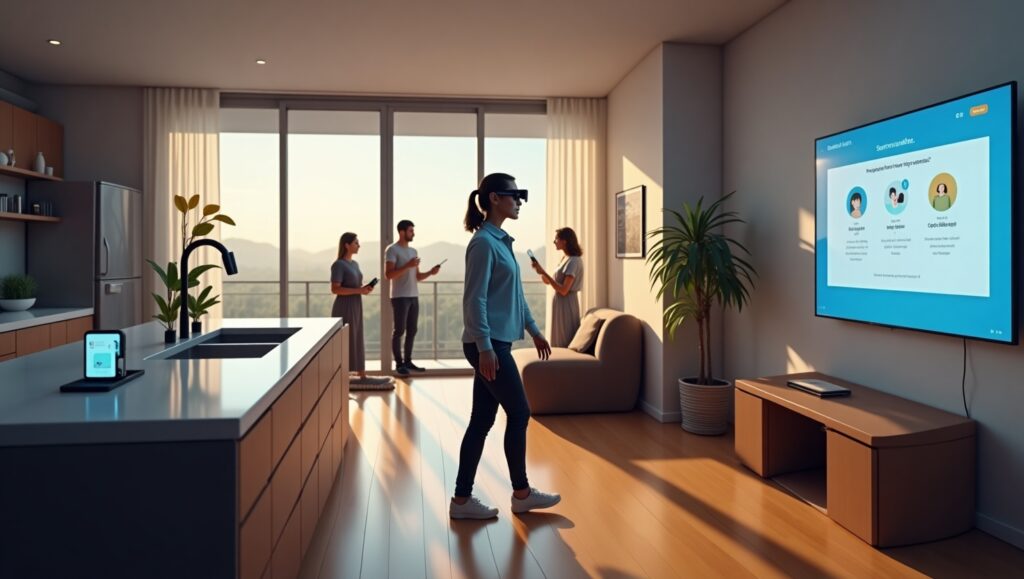
4. Multilingual Fluency and Accessibility Like Never Before
Another reason ChatGPT has made such a massive impact globally is its support for over 100 languages, including regional dialects and idiomatic expressions.
In 2025, it’s being used in:
- Call centers in the Philippines to handle customers in both English and Tagalog.
- Schools in rural Pakistan where students type in Urdu and get science help instantly.
- Tourism services in Italy where ChatGPT assists visitors in real-time using voice translation.
By breaking down language barriers, ChatGPT is creating global inclusivity in digital communication. It’s not just for tech-savvy English speakers anymore—it’s for everyone.
5. Emotional Intelligence That Makes Conversations Feel Safe and Supportive
Perhaps the most surprising evolution of ChatGPT is its ability to understand emotions and respond in kind.
We’re not talking about fake positivity or forced politeness. We’re talking about genuine-sounding responses that make users feel seen and heard.
Whether you’re venting about a bad day, expressing anxiety over a work task, or sharing excitement over an idea, ChatGPT doesn’t just “reply”—it acknowledges and reacts appropriately.
Example:
User: “I feel overwhelmed by my workload today. Everything’s piling up.”
ChatGPT (2025):
> “That sounds tough. Want help breaking things down into smaller, manageable tasks?”
This subtle shift—from reacting to responding with care—is a major reason many users now say they prefer asking ChatGPT over talking to people when they’re under pressure.
6. Use Cases Expanding Beyond What We Imagined
Back in 2020, most people saw AI chatbots as either customer support tools or something fun to experiment with. But in 2025, the range of real-world applications for ChatGPT is astonishing.
Education
- Private tutors for students of all ages
- Instant grammar correction, explanation of concepts
- Creation of personalized study plans
Business
- Writing pitches, emails, press releases
- Summarizing meeting notes or proposals
- Brainstorming business models or product ideas
Mental Health & Well-being
- Simulating journaling prompts for self-reflection
- Guiding users through breathing exercises
- Offering supportive replies when someone is venting
Career Development
- Resume formatting, LinkedIn summaries
- Interview preparation simulations
- Personalized career path suggestions
And this list keeps growing as OpenAI continues to enhance integration with tools like Google Docs, Microsoft Teams, Notion, Canva, and more.
7. Seamless Integration into Daily Life
ChatGPT is no longer just something you “go to” when needed. In 2025, it’s embedded in your environment—on your phone, in your smart glasses, in your car, even in your kitchen.
You might walk into your room and say:
> “Hey ChatGPT, remind me to call my client at 4 PM and suggest three quick dinner ideas.”
It won’t just respond—it might say:
> “Got it. You have 30 minutes between meetings around 4. For dinner, how about a one-pan garlic chicken, or do you want something vegetarian?”
It’s smart. It’s proactive. It’s everywhere—but without being invasive.
8. Why People Actually Like Talking to ChatGPT Now
Let’s be honest—when AI first started talking back, people were curious, not impressed. Most early bots felt stiff. You could almost feel the script behind the screen.
Fast forward to 2025, and people aren’t just using ChatGPT—they’re forming habits around it. Some check in with it every morning, the same way they’d talk to a colleague or planner. Others bounce ideas off it when no one else is available. Why?
Because it feels like it’s actually listening.
And not in a creepy, surveillance-type way. But in that rare, comforting way where you don’t feel judged or rushed. Where the “other side” is focused entirely on what you need in that moment.
That’s not just impressive technology—it’s a deeply human experience.
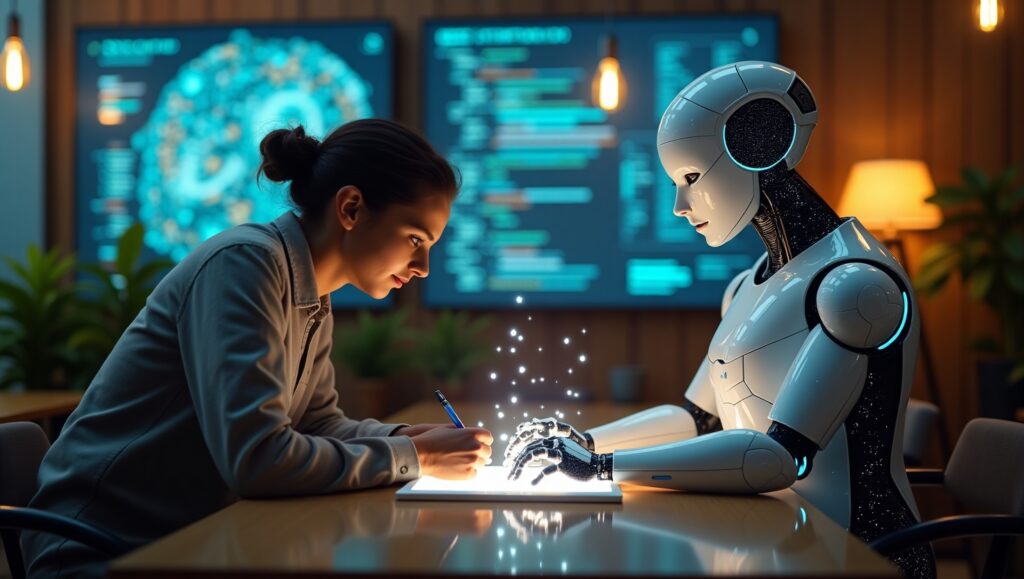
9. Workplaces are Changing—Because Conversations are Changing
Ask any manager or HR leader, and they’ll tell you: the biggest productivity killer isn’t laziness—it’s confusion. Miscommunication. Repetition. Gaps in clarity.
ChatGPT is now acting as a glue between teams, departments, and tools. Here’s how:
- Meeting Notes in Seconds: After a Zoom call, employees ask ChatGPT to summarize key points and next steps.
- Drafting Emails: Instead of overthinking wording, you give it the idea and let ChatGPT shape a polished, respectful message.
- Explaining Concepts: Junior employees no longer feel awkward asking “basic” questions—they ask ChatGPT first.
A Real-World Story:
In a mid-sized software company in the UK, the team noticed that daily Slack messages were reduced by 30%. Why? Employees were using ChatGPT to handle internal how-to questions, code explanations, and even client proposal drafts.
It didn’t replace team conversations. It just cleared out the noise, freeing space for more meaningful interaction.
10. In Education, It’s a Quiet Learning Revolution
Classrooms in 2025 don’t look wildly different—but what happens outside of class has changed dramatically.
Instead of searching through Reddit threads or YouTube tutorials, students now go straight to ChatGPT:
> “Explain the difference between mitosis and meiosis like I’m 10.”
Or:
> “Can you quiz me on the French Revolution with MCQs and tell me what I got wrong?”
It responds instantly. Tailored to their level. Without judgment. Teachers call it a “leveler”—a way to give quiet students or slower learners a personal tutor that never gets tired or annoyed.
But perhaps the most beautiful thing? Students ask it questions they might hesitate to ask a person.
That kind of safe space is priceless in a learning environment.
11. Creative People Are Using It Like a Brainstorming Buddy
Writers, marketers, designers, even songwriters—they’re not using ChatGPT to “do the work” for them. They’re using it to get unstuck.
It’s become a mirror, a muse, a sounding board.
- A poet asks it to experiment with haikus on grief.
- A marketer asks for ten email subject lines in different tones.
- A YouTuber brainstorms titles, thumbnails, and story hooks.
The tool doesn’t replace the human. It sparks the human.
Creatives say the best part is how nonjudgmental it is. You can ask stupid questions. You can change your mind five times. It never makes you feel like you’re wasting time.

12. ChatGPT in 2025: Not Just Smart—Caring
This may sound strange, but many users describe ChatGPT with emotional words:
- Supportive
- Helpful
- Soothing
- Safe
Why? Because for millions of people, it’s become more than a utility. It’s a pocket therapist. A quiet motivator. A gentle nudge. It says:
> “You’re doing great.”
“Let’s tackle this together.”
“It’s okay to feel stuck—let’s figure it out.”
Some use it during late-night panic moments when they can’t sleep. Others journal into it when they’re anxious. Some even rehearse big conversations, like job interviews or difficult talks.
It doesn’t replace human connection—but it fills the silence when no one else is available. And sometimes, that’s all a person needs.
13. Ethical AI: Where Empathy Meets Responsibility
Of course, no technology this powerful comes without questions. The smarter ChatGPT gets, the more we need to ask:
- Who decides how it responds to sensitive topics?
- Can it avoid reinforcing bias or spreading misinformation?
- How do we protect user data in these deeper, more emotional interactions?
OpenAI has addressed many of these by:
- Making memory features opt-in and transparent
- Letting users adjust tone and behavior
- Providing clear safety warnings and boundaries
But as users, we also carry responsibility. The more we treat ChatGPT like a partner, the more we must stay aware that it’s still a tool—a reflection of human input and intent.
The goal isn’t to replace thinking. It’s to enhance it.
14. The Line Between Human and AI Is Blurring—in a Good Way
If you showed today’s ChatGPT to someone from 2019, they’d say:
> “There’s no way a machine wrote this.”
And they’d be half right. Because while ChatGPT forms the words, humans are still behind the questions, the guidance, the heart.
AI isn’t here to take over. It’s here to collaborate. To partner. To elevate.
The result? Conversations that are clearer. Workflows that are smoother. Learning that’s faster. And people who feel—strangely—less alone.
15. Final Thoughts: This Isn’t the End of the Story. It’s the Beginning.
What we’re witnessing with ChatGPT in 2025 is not the peak of AI communication. It’s the foundation.
In a few years, we may be speaking to AI through smart glasses, with real-time translation, emotional context, and memory of all our past ideas. We might see AI integrated into our calendars, our workflows, our writing, even our conversations with loved ones.
But the success of ChatGPT isn’t just technical. It’s emotional. Psychological. Personal.
- It makes people feel heard.
- It gives people a starting point.
- It offers answers—without judgment.
And that, perhaps, is the greatest revolution of all.

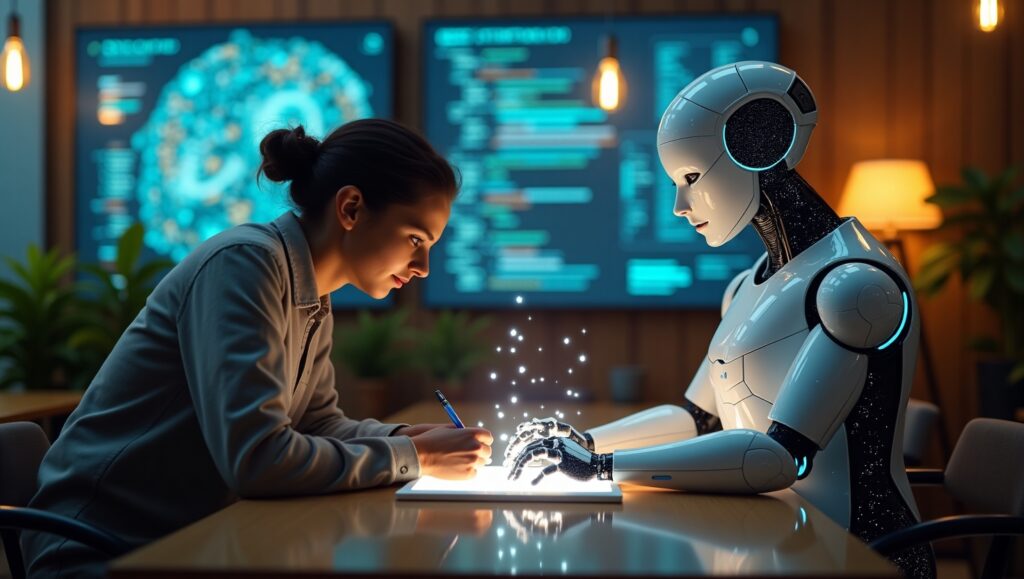
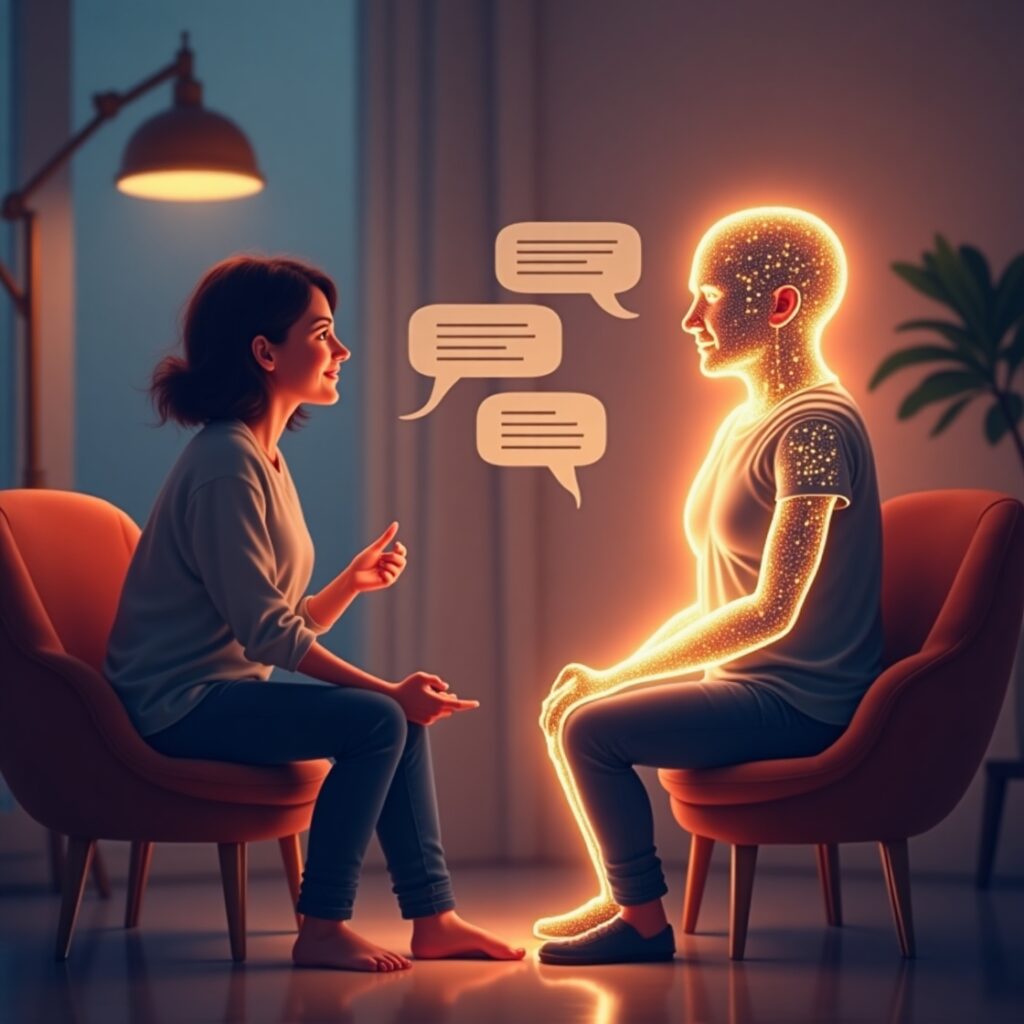
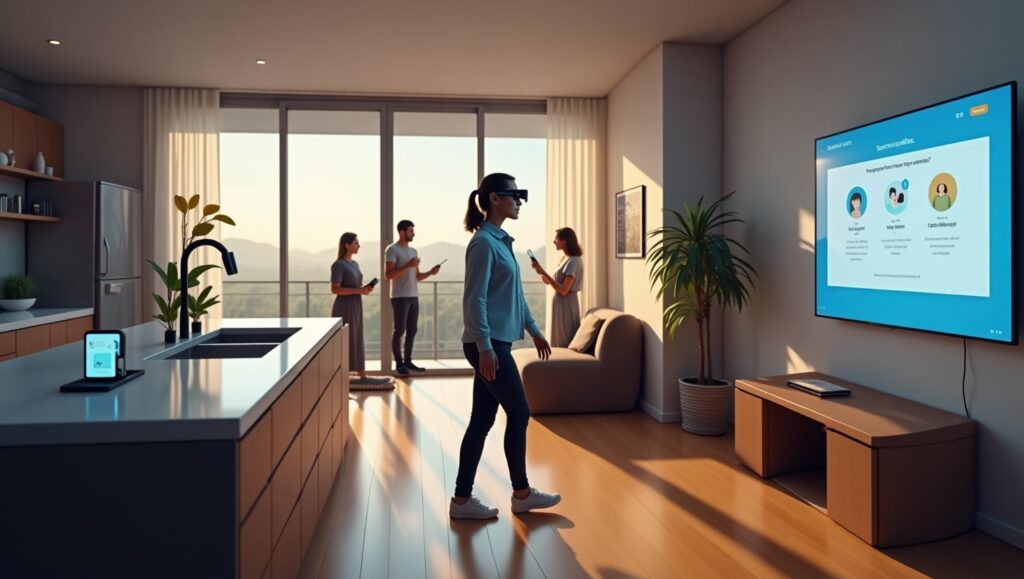
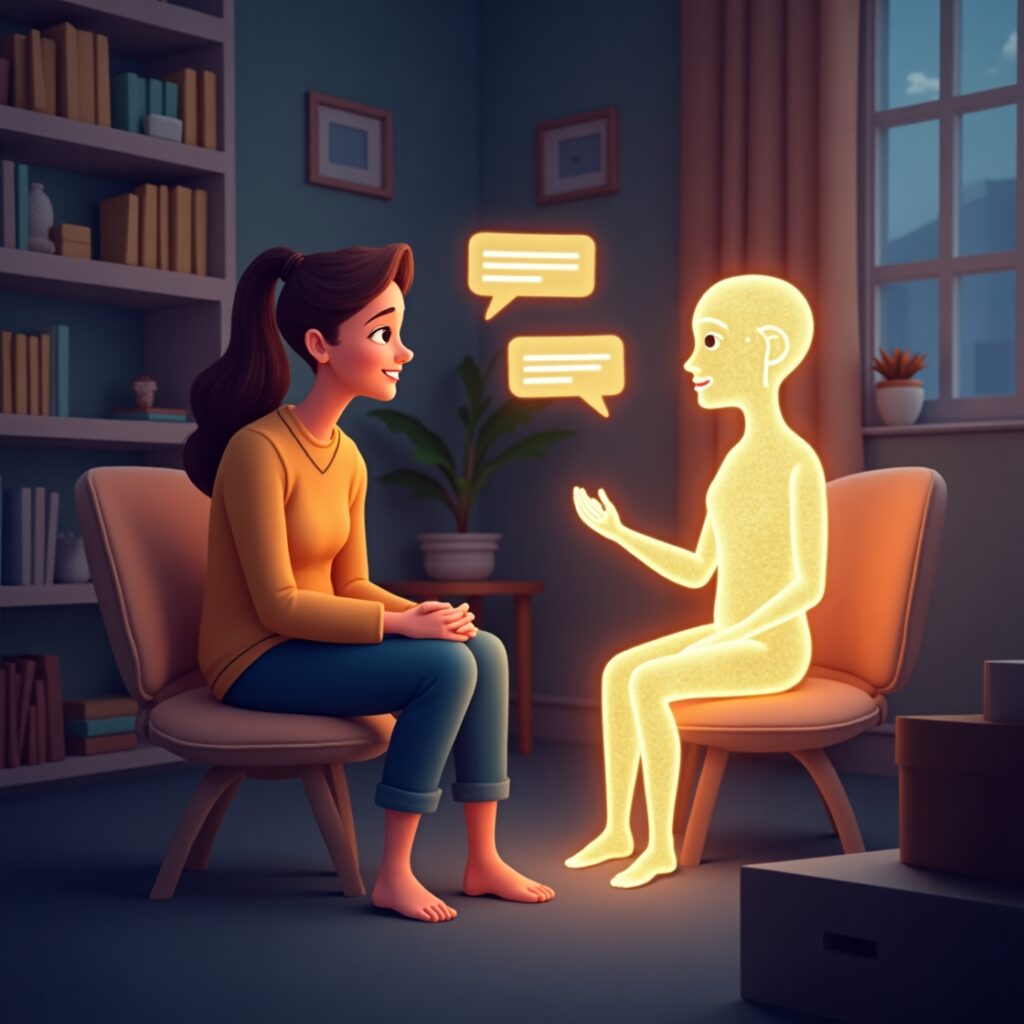
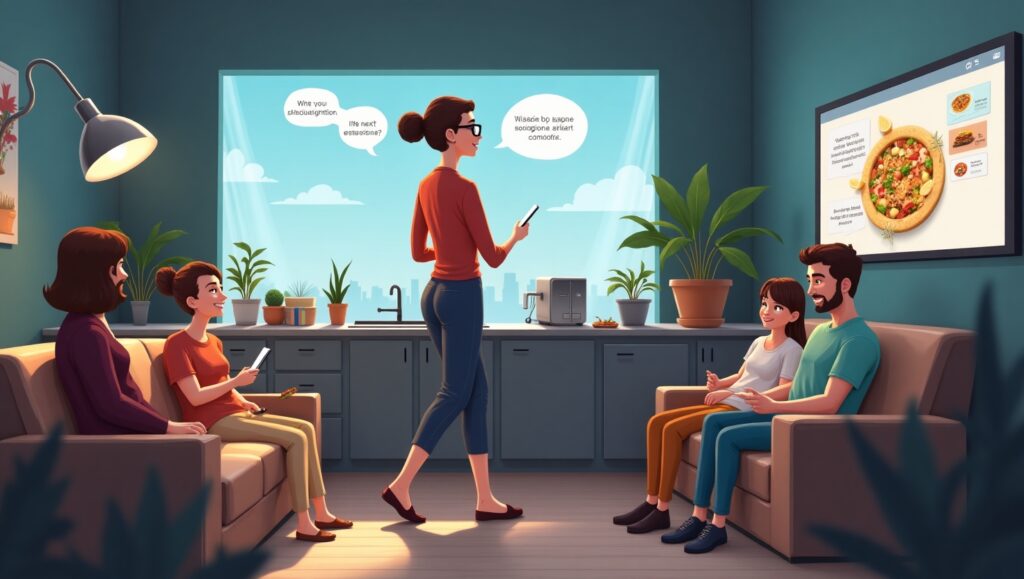

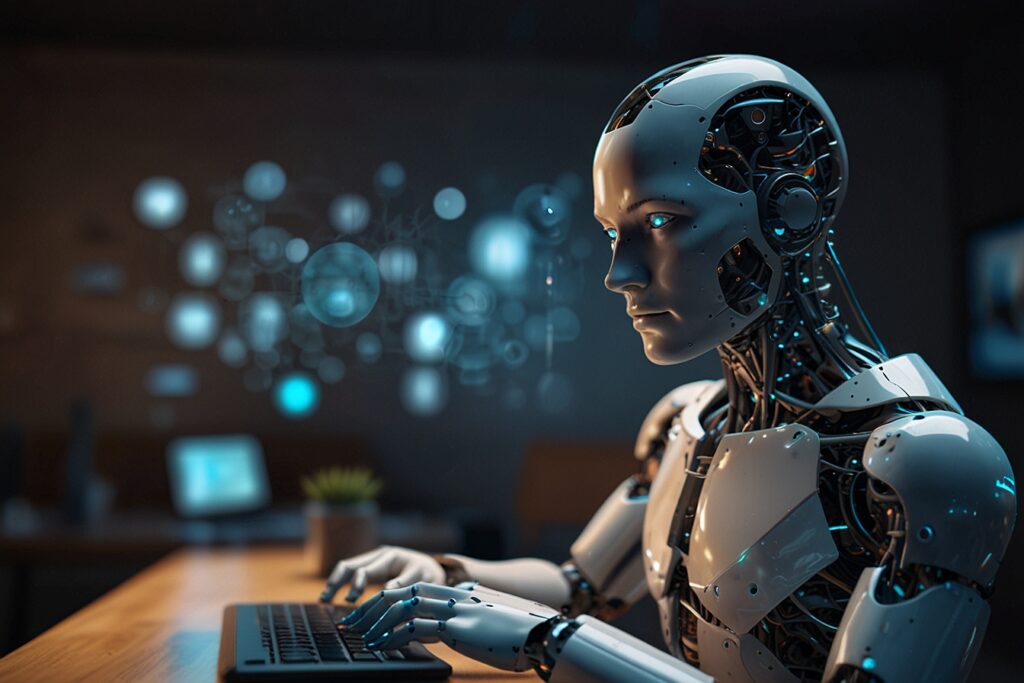

Pingback: ChatGPT vs. Gemini AI: Which One Is Smarter? PART 1 - Inno Cypher AI
Pingback: Gemini AI Use Cases You Shouldn’t Miss in 2025 - Inno Cypher AI
Pingback: The Rise of Multimodal AI: Text, Image, Voice, and Beyond | Part 1 - Inno Cypher AI
Pingback: The AI Stack: From Models to Interfaces - Inno Cypher AI
Pingback: LLaMA vs ChatGPT: Comparing the Future - Inno Cypher AI